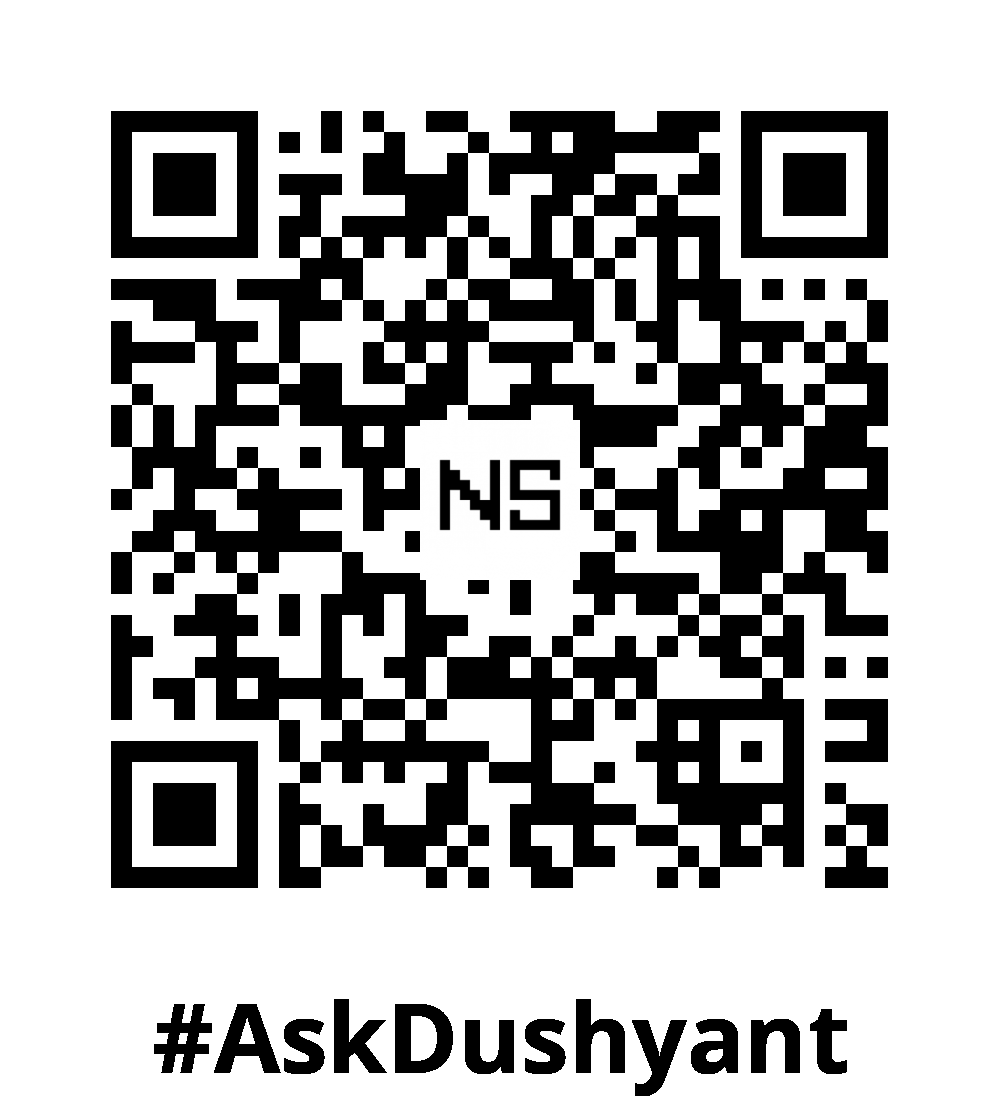Based on my extensive 18-year background in the enterprise solution building, securing your software is non-negotiable. Data breaches and hacking attempts are common, but security testing can ensure your software is safe from vulnerabilities at every level. This tech post explores security testing techniques—from unit tests for input validation to system-level penetration tests—using real-world examples and industry-standard tools. Let’s dive into how you can safeguard your application from potential threats.
Understanding the Levels of Security Testing
Security testing involves multiple layers. It’s crucial to ensure that every aspect of your software is protected, from individual functions to the entire system. Let’s explore these levels in detail.
1. Unit Testing for Input Validation
At the foundation of security testing is input validation. Improperly validated inputs can lead to vulnerabilities like SQL injection or Cross-Site Scripting (XSS), which hackers can exploit. Unit testing ensures that each function or module properly validates input, preventing these common attacks.
Example: SQL Injection Prevention in Python
Imagine a login function that takes user input to query a database. An unsafe SQL query might look like this:
def login(username, password):
query = f"SELECT * FROM users WHERE username = '{username}' AND password = '{password}'"
db.execute(query)An attacker could inject malicious input (' OR '1'='1) to bypass the authentication. Using parameterized queries mitigates this risk. Let’s update the code and write a unit test:
def login(username, password):
query = "SELECT * FROM users WHERE username = %s AND password = %s"
db.execute(query, (username, password))
# Unit test
def test_login_prevents_sql_injection():
with pytest.raises(SQLInjectionError):
login("admin'; DROP TABLE users;", "password")Recommended Tools for Unit Security Testing:
- JUnit (Java)
- pytest (Python)
- PHPUnit (PHP)
- NUnit (.NET)
2. Integration Testing for Authentication and Authorization
While unit testing focuses on individual functions, integration testing checks the interaction between components. This is critical when dealing with authentication and authorization mechanisms. Proper integration testing ensures that only authorized users can access sensitive resources.
Example: Testing OAuth Integration
If you’re using OAuth for API authentication, it’s important to test different user permissions. Here’s an example of how to test admin versus regular user access:
def test_admin_access():
response = client.get("/admin/dashboard", headers={"Authorization": f"Bearer {admin_token}"})
assert response.status_code == 200
def test_user_access_forbidden():
response = client.get("/admin/dashboard", headers={"Authorization": f"Bearer {user_token}"})
assert response.status_code == 403Recommended Tools for Integration Security Testing:
- Postman (API security testing)
- SoapUI (Web services security)
- OWASP ZAP (Testing authentication and authorization vulnerabilities)
3. System-Level Security Testing: Penetration Testing
Penetration testing simulates real-world attacks on your system to identify security weaknesses. It tests the entire system’s resilience to malicious attempts, such as exploiting unpatched software, misconfigurations, or open ports.
Example: Testing for XSS Vulnerabilities
Consider a web application where you suspect an XSS vulnerability. You can simulate an attack by injecting scripts into form fields and testing whether they get executed on the client side. Here’s how you’d test using Burp Suite:
<script>alert('XSS');</script>If the script runs, your application is vulnerable to XSS attacks and needs immediate patching.
Key Tools for System-Level Security Testing:
- Burp Suite: Penetration testing for web applications.
- OWASP ZAP: Open-source web application security testing.
- Metasploit: For testing network and system vulnerabilities.
- Nmap: Network scanning for identifying potential security risks.
4. Dynamic Application Security Testing (DAST)
While unit and integration tests focus on specific areas, Dynamic Application Security Testing (DAST) evaluates the running application. It simulates real-world attacks on the live environment and observes how the system behaves.
Example: Scanning for Security Flaws in a Web App
Using OWASP ZAP, you can scan a running web application for vulnerabilities like insecure cookies and sensitive data exposure:
zap-cli start
zap-cli spider http://example.com
zap-cli scanAfter the scan, review the results to address any identified vulnerabilities.
Top DAST Tools:
- OWASP ZAP
- Burp Suite
- Acunetix (for automated vulnerability scanning)
- Qualys (cloud security platform)
5. Static Application Security Testing (SAST)
Static Application Security Testing (SAST) examines your source code to identify potential security flaws before the application runs. It’s a proactive method to catch vulnerabilities early in development.
Example: Detecting Hard-Coded API Keys
A common vulnerability is hard-coding secrets into your source code:
API_KEY = "12345-abcde-secret"A SAST tool like SonarQube can catch this and flag it for removal before it becomes a security risk.
Top SAST Tools:
- SonarQube: For static code analysis.
- Checkmarx: Detects vulnerabilities in the codebase.
- Fortify: Comprehensive static analysis for multiple languages.
Best Practices for Security Testing
- Automate Security Testing: Integrate security tests into your CI/CD pipeline to automatically check for vulnerabilities with every code change.
- Leverage the OWASP Top 10: Use the OWASP Top 10 list of web application vulnerabilities as a guide for your security testing.
- Combine SAST and DAST: To maximize security, use both static and dynamic testing methods.
- Review Logs Thoroughly: Always review security logs for unusual patterns or potential attack vectors.
My TechAdvice: Whether you are working on B2B or B2C apps, Security testing is essential to protect your application from vulnerabilities at every level. By incorporating unit tests for input validation, integration tests for authentication, and system-level penetration tests, you can prevent malicious attacks and safeguard your software. Tools like JUnit, OWASP ZAP, Burp Suite, and SonarQube can automate and enhance your security testing process.
#AskDushyant
#TechConcept #TechAdvice #SoftwareTesting #Testing #SecurityTesting
Note: The example pseudo code is for illustration only. You must modify and experiment with the concept to meet your specific needs.


Leave a Reply